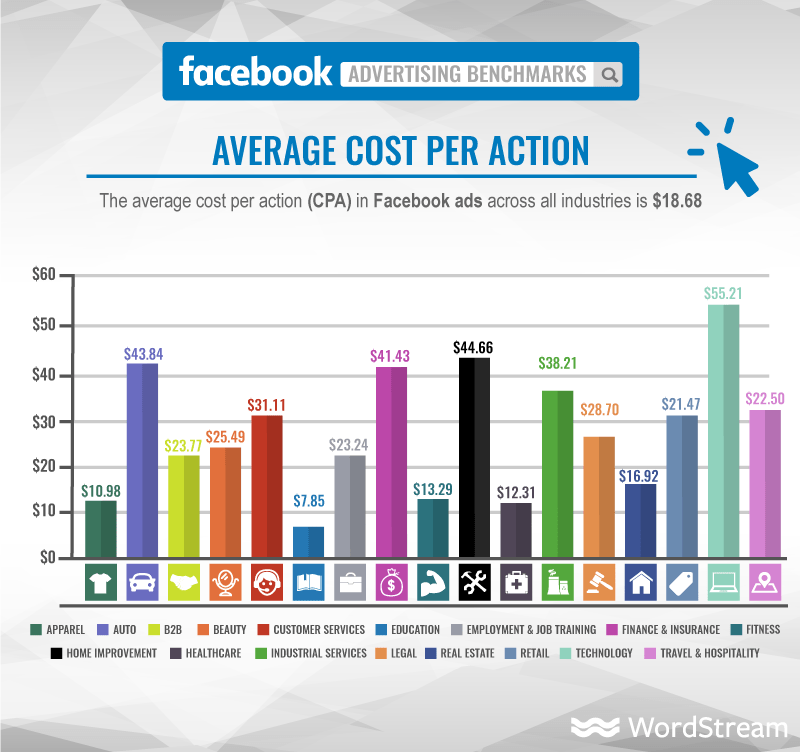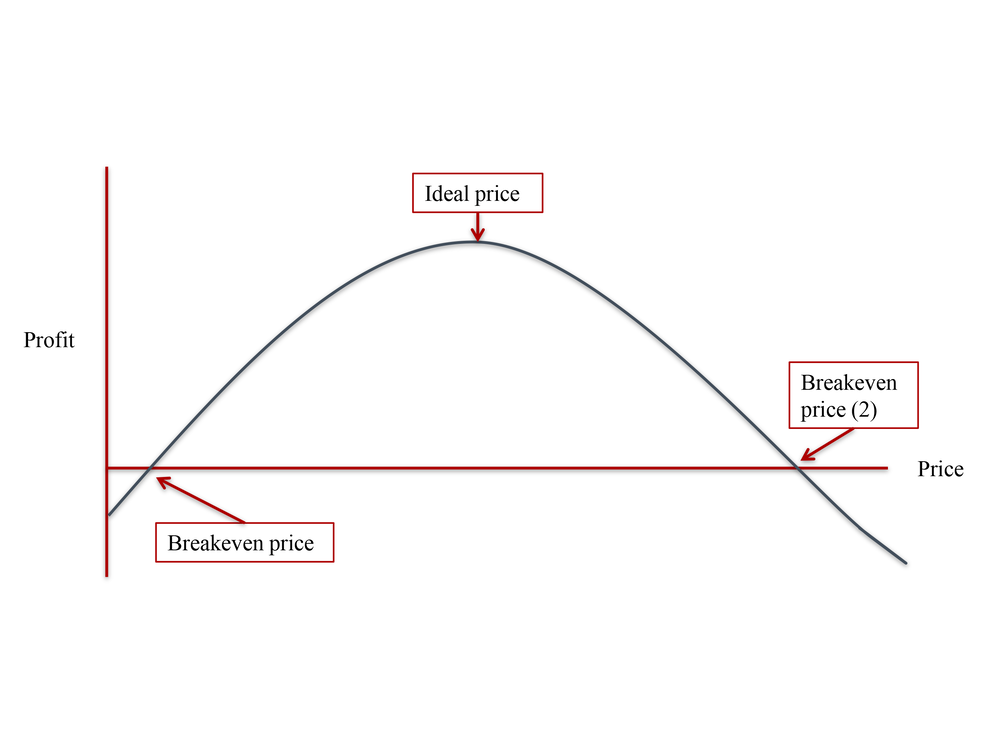Are you spending more than you should to acquire each new lead? If you want your marketing dollars to go further, mastering your cost per lead is non-negotiable. In this comprehensive guide, we’ll answer “What is cost per lead and how to reduce it?” with real-world examples, actionable tactics, and expert tips you can use in any industry. By the end, you’ll know how to take control of your lead generation costs and get the most from every campaign—no fluff, just results.
What is Cost Per Lead and How to Reduce It?
Cost per Lead (CPL) is one of the most vital KPIs in digital marketing and sales. CPL measures how much you spend, on average, to acquire a single qualified lead through your marketing activities. From Google Ads to content syndication, every channel generates leads at a cost. Understanding your CPL helps you budget, forecast, and optimize your campaigns for better ROI.
:max_bytes(150000):strip_icc()/lossleader.asp_final-496cf0c240074a558b7fd174d16a10fa.png)
Let’s break it down: CPL = Total Marketing Spend ÷ Number of New Leads Generated. If you spend $1,000 and get 100 leads, your CPL is $10. This simple metric quickly reveals campaign efficiency and helps compare performance across paid, organic, and outbound efforts.
Why Does Cost Per Lead Matter?
CPL isn’t just a number; it’s a cornerstone of growth-driven marketing that impacts everything from budgets to business sustainability. Here are the top benefits of tracking it:
- Budget Clarity: Know exactly where your ad spend goes.
- Performance Benchmarking: Compare channels to find your most cost-effective lead sources.
- Profit Maximization: Ensure your leads don’t cost more than they’re worth.
- Scalable Growth: Predict campaign outcomes and marketing budgets as you scale up.
- ROI Optimization: Target areas to cut waste and optimize conversion rates.

According to industry research from sources like Klipfolio and Leadfeeder, businesses that monitor and proactively reduce their cost per lead outpace competitors in both profitability and reach.
How to Calculate Cost Per Lead (CPL): The Step-by-Step Formula
Calculating CPL is refreshingly simple, but the devil is in the details. Use this step-by-step process:
- Add Up Your Marketing Costs: Include all ad spends (Google, Facebook, LinkedIn, etc.), content creation costs, agency fees, and software.
- Total Your New Leads: Define what qualifies as a “lead” (e.g., email signup, demo request, free trial).
- Apply the Formula: Total Spend ÷ Number of Leads = CPL.
Example: Your SaaS company spent $2,500 last month and gained 200 new leads = $12.50 CPL. Repeat this by channel to spot where your money works hardest.
Real-World Examples of Cost Per Lead (Use Cases)
The cost per lead varies dramatically by industry, platform, and funnel stage. Let’s look at a few illustrative use cases:
- B2B SaaS: Average CPL on LinkedIn Ads can hit $75–$150, but Google Search might be just $40 per lead.
- eCommerce: Facebook Ads often deliver leads at $10 or less for consumer products.
- Real Estate: Marketplaces see CPLs ranging from $20 to $100, depending on targeting and offer quality.

Check out more industry-specific averages on platforms like WordStream and Leadfeeder to benchmark your own results and set realistic goals for reducing your CPL.
Top Strategies to Reduce Cost Per Lead
Reducing your CPL is about working smarter, not just harder. Here’s how to cut costs and boost conversions based on proven strategies from ActualTechMedia, Impulse Analytics, and PPC Hero.
1. Sharpen Your Audience Targeting
Stop serving ads to people who won’t convert. Use advanced targeting (demographics, interests, lookalikes) and regular exclusion lists to avoid wasted spend.
:max_bytes(150000):strip_icc()/price-controls.asp-Final-a1ef396a73f54e5c9abf75b0f5c2df76.jpg)
2. Optimize Your Landing Pages for Conversion
Even $1,000 in ad spend is wasted if your landing pages don’t convert. Test headlines, calls-to-action, and forms. Use A/B testing tools like Optimizely to drive higher conversion rates and reduce cost per lead.
:max_bytes(150000):strip_icc()/cost-control-FINAL-75f723c92bc3468f83a6541d107d7520.png)
3. Improve Ad Quality Score & Relevance
Platforms like Google and Meta charge less when your ad gets more clicks. Create compelling, genuinely relevant ads that match your audience’s intent and pain points. Use strong copy and visuals for better engagement and a lower cost per lead.

4. Leverage Marketing Automation
Automated lead scoring, nurturing, and follow-ups raise lead quality and lower acquisition costs. Use CRMs and tools like HubSpot or ActiveCampaign to streamline retargeting and avoid manual errors.
:max_bytes(150000):strip_icc()/value-engineering.asp_Finish-8f3c9d6097f04c74ba49fce1603afdf5.png)
5. Retarget and Re-Engage Warm Leads
Retargeting ads are 70% more likely to convert than cold traffic. Set up remarketing pipelines on Google Display Network and Facebook to bring back leads who showed initial interest but didn’t convert the first time.
:max_bytes(150000):strip_icc()/penetration-pricing.asp-final-7450fee7e6a84718b1b85ede11d48db7.png)
6. Refine Keyword and Channel Selection
Cut underperforming keywords, double down on high-value long tails, and diversify channels. Sometimes, Bing Ads or specialized platforms can yield cheaper leads than saturated Google.
:max_bytes(150000):strip_icc()/Term-c-cost-of-labor_Final-b767db53fa404a26a0227c9caf506d35.png)
7. Track & Optimize Continuously
Use tools like Google Analytics, Klipfolio dashboards, and UTM tagging to track CPL in granular detail. Set up regular performance reviews every week or month. Small tweaks often add up to major savings.
Common Challenges, Myths & Objections About Reducing Cost Per Lead
Not every cost-cutting hack is reliable—or sustainable. Watch out for these pitfalls:
- Myth: Lower CPL always means better results. Sometimes, lower costs mean lower quality. Track sales and revenue, not just lead volume.
- Challenge: Accurately attributing leads. Multi-channel attribution can muddy your numbers. Rely on first/last touch models only as rough guides.
- Objection: “Our industry just has expensive leads.” Niche markets do cost more, but optimizing processes always creates room to reduce CPL.
- Myth: Automation equals instant savings. Poorly configured software can eat time and money. Always monitor, refine, and A/B test.
Frequently Asked Questions (FAQs)
What is cost per lead (CPL) in digital marketing?
Cost per Lead (CPL) is a metric that shows how much you pay, on average, to generate each potential customer (lead) through your marketing campaigns. It’s calculated by dividing total marketing spend by the number of leads generated.
How do I reduce my cost per lead?
You can reduce CPL by honing your targeting, improving ad relevance and quality, optimizing landing pages, using remarketing, and continuously analyzing performance data to shift resources to your best-performing channels.
What’s a “good” cost per lead?
A good CPL depends entirely on your industry, product price, and typical customer lifetime value. For some SaaS companies, $50 is excellent; for high-ticket B2B services, $150 might still be very profitable.
Does reducing cost per lead mean reducing quality?
Not if you do it strategically. Aim to improve targeting and conversion tactics, not just cut spend. Always monitor the quality and conversion rates of your leads.
What’s the difference between CPL and CPA (cost per acquisition)?
CPL measures the cost to get a lead; CPA measures the cost to acquire a paying customer. CPL is an “upper funnel” metric, while CPA is “bottom funnel.”
Is it better to focus on CPL or conversion rate?
Both matter. CPL tells you if you’re getting leads cost-effectively; conversion rate reveals how many leads actually become customers. The two together drive ROI.
What’s the first step to lowering my CPL?
Audit your existing campaigns. Map out where your highest CPLs are coming from, and look for low-hanging fruit: tightened targeting, faster landing pages, or fresher creative.
Can cost per lead vary by marketing channel?
Absolutely—Google Ads, Facebook, organic SEO, LinkedIn, events, and content syndication all deliver very different CPLs. It’s critical to track CPL by individual channel for accurate optimization.
How often should I review my cost per lead?
Ideally, review CPL on a weekly or monthly basis. Frequent reviews let you spot trends, seasonality, and performance fluctuations before they erode profits.
Which marketing tools help monitor and reduce cost per lead?
Platforms like Google Analytics, Klipfolio, HubSpot, and custom dashboards help you track CPL in real time and optimize for cheaper, higher-quality leads.
Conclusion: How to Control and Reduce Your Cost Per Lead—Starting Now
Understanding what is cost per lead and how to reduce it is your key to sustainable, profitable marketing growth. By tracking your CPL, relentlessly optimizing your campaigns, and embracing smarter targeting and automation, you bring in more qualified leads at a lower cost—directly impacting your bottom line.
Start by benchmarking your current CPL, then apply the seven reduction strategies outlined above. Remember, it’s not just about slashing costs—but improving efficiency, quality, and ultimately: profit. The brands who win tomorrow are reducing their cost per lead today.
Ready to reduce your CPL and take your marketing to the next level? Audit your lead sources, tweak your approach, and track results. For more insights, explore our advanced guides or contact a performance marketing expert.
